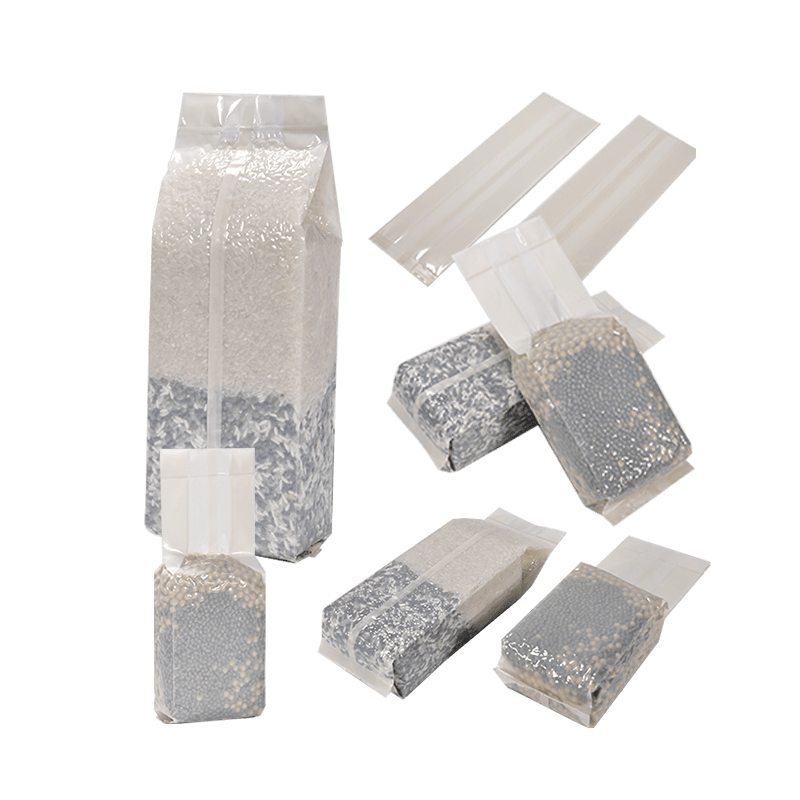The Benefits of Heat Sealing in Biodegradable Vacuum Bags for Enhanced Freshness and Product Integrity
In the world of food packaging, the ability to preserve freshness and extend shelf life is paramount. This is where heat sealing in biodegradable vacuum bags comes into play, offering a critical advantage in maintaining the quality of food products. Unlike traditional packaging methods, heat sealing provides a reliable, airtight seal that locks in freshness, ensuring that the contents remain protected from environmental factors like moisture, oxygen, and contaminants. Whether it’s fresh produce, meats, or processed foods, the right sealing technique is essential for optimal preservation, and biodegradable vacuum bags excel in this regard.
Heat sealing works by applying heat to the edges of the packaging, melting the material slightly to form a bond that is both durable and secure. This process is not only effective in sealing but also in enhancing the functionality of biodegradable materials, which are often more sensitive than conventional plastics. For biodegradable vacuum bags, the heat-sealing process ensures that the materials maintain their strength and integrity while offering the added environmental benefit of reducing plastic waste. As consumers and businesses alike seek more sustainable solutions, heat-sealing biodegradable vacuum bags is a significant step toward eco-friendly packaging.
One of the key advantages of heat sealing in biodegradable vacuum bags is its ability to create a strong, tamper-proof barrier that helps prevent contamination. Food products that are packaged using heat-sealed biodegradable bags are less likely to be exposed to external elements such as air, moisture, and bacteria, which can all compromise product quality. In fact, this airtight seal is one of the main reasons why food stays fresher for longer, retaining its flavor, texture, and nutritional value. When it comes to maintaining food integrity during transport and storage, there is no substitute for the reliability of heat sealing.
In addition to the obvious preservation benefits, heat sealing also improves the overall user experience with biodegradable vacuum bags. By providing a tight seal, it eliminates the risk of leakage or spillage, which is particularly important for liquids or semi-liquid products. The smooth, professional finish of heat-sealed bags also makes them more aesthetically appealing, which is an important factor in consumer-facing industries. As more customers demand visually appealing and functional packaging, heat-sealed biodegradable vacuum bags meet both the practical and aesthetic needs of modern food packaging.

For businesses, the use of heat-sealed biodegradable vacuum bags not only enhances product protection but also aligns with growing environmental trends. These bags are a sustainable alternative to traditional plastic packaging, offering both functionality and eco-friendliness. With heat sealing, manufacturers can ensure that their products are not only well-preserved but also packaged in a way that aligns with sustainability goals. As the market continues to shift toward green solutions, investing in biodegradable vacuum bags is a smart move for businesses looking to stay ahead of the curve.
In conclusion, the role of heat sealing in biodegradable vacuum bags cannot be overstated. It is a critical process that ensures the freshness, integrity, and safety of packaged goods, all while contributing to environmental sustainability. With superior sealing strength, tamper-proof protection, and a commitment to eco-friendly practices, heat-sealed biodegradable vacuum bags are the ideal choice for businesses aiming to deliver high-quality, sustainable packaging solutions. By choosing these innovative bags, you not only protect your products but also take a step toward reducing your environmental footprint.

prevNo previous article
nextHow Micro-Perforation Technology Helps Preserve Vegetable Freshness with Breathable Packaging Film



 English
English 中文简体
中文简体 Español
Español
















